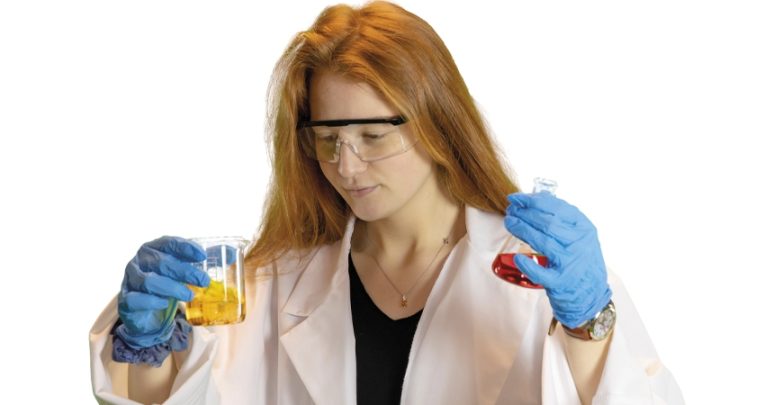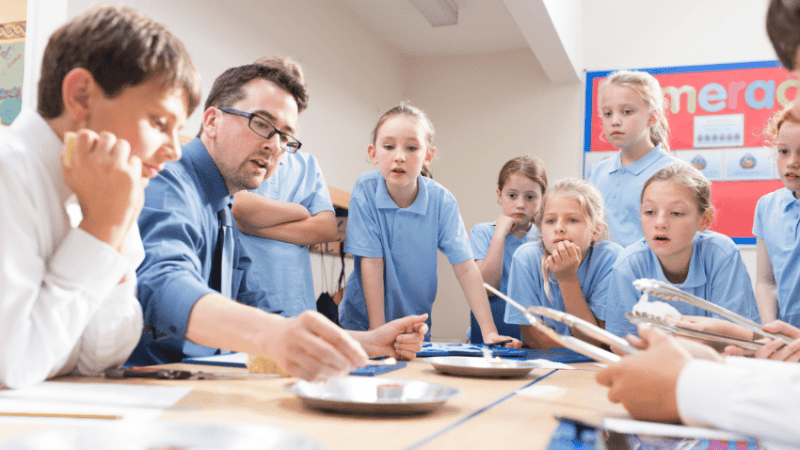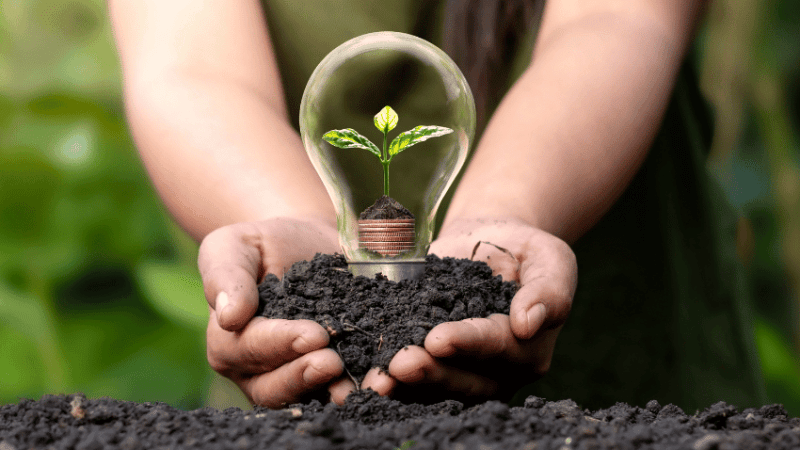Interdisciplinary learning – Why it’s key to developing tomorrow’s scientists

The UK’s science sector needs new recruits, notes John Mendenhall – so how can we persuade our students to step up?

Between December 2022 and February 2023, there were 56% more unfilled job vacancies in the science industry. This is compared to the start of 2020, just before the pandemic.
The UK’s science sector is desperately looking to the next generation to drive ideas and innovation. So why aren’t young people wanting to step up to the challenge and become scientists?
Surprisingly, it’s not just traditional science subjects that are failing to capture the imagination of students. The UK also faces a massive shortage of tech skills, with 95% of employers looking for tech talent struggling to fill vacancies over the past year.
When it comes to inspiring a love of computer programming among students, many schools face a number of challenges with respect to their lesson delivery. This is everything from deciding which programming language would be best for students to learn, to the need for regular maintenance of classroom computer systems and even sourcing the talent to teach classes.
Initially, the type of learning that typically accompanies the study of sciences can put some students off. There can be large reams of vocabulary to learn in biology. There can be a heavy emphasis on maths in physics and complex equations to grapple with in chemistry.
The three disciplines are all distinct, of course. But they do feed off one another. This is what I believe can really bring the sciences to life, and make the subject family much more interesting and engaging for students.
Interdisciplinary learning unit
At ACS International School Egham, we seek to encourage this via the International Baccalaureate’s Middle Year Programme’s dedicated unit of interdisciplinary learning. This sees students bring together concepts or methods from two or more disciplines in order to solve a specific problem or raise a certain question.
Over the course of this interdisciplinary learning unit, we’re able to show students how all the sciences fit together. We can also show them how they can use a single skill that may at first seem only relevant to, say, biology, to support experiments in chemistry.
In our experience, teachers should also consider putting as much emphasis as possible on practical activities. Ideally this is by creating compelling ways of enabling students to undertake such activities themselves. How can we teach about something as abstract as a cell or atom? Hands-on activities can be crucial for helping children get to grips with what’s actually happening inside biological and physical structures.
It’s important to note that inspiring kids in science via practical activities needn’t entail having access to cutting edge technology. As exciting as the likes of virtual reality may be, sometimes it’s just better if students are able to physically interact with an activity in some way. It’s about holding an object in their hands and visualising how the different pieces of a particular topic or concept fit together.
Even something as simple as the act of building a LEGO® model can help students grasp key points regarding the area they’re learning about.
Inspiring minds
Students are motivated to learn when they can see direct impact of what they’re learning about on their surroundings. That’s why, at ACS Egham, we encourage our students to consider the value of science in the wider world, and why individuals with scientific knowledge play such an important role within wider society.
For example, young people passionate about reducing the impact of climate change will be naturally interested in learning about electricity generation, renewable energy sources and how we can harness the Earth’s natural resources to generate power.
Once students discover more about the science behind these processes, they can see how the principle that drive advances in renewable energy are actually quite easy to understand.
The sciences can, and should be all about inspiring inquisitive minds via the undertaking of tangible experiments; about observing mind-boggling scientific solutions, and exploring the fascinating work and determination that led to scientific breakthroughs throughout history.
There’s more than enough information and material out there. We just need to bring it all to life, by providing answers to the questions curious students have about the application of science in the real world. This way, I’m certain we’ll be able inspire the next generation of budding scientists.
John Mendenhall is an international baccalaureate science teacher at ACS International School Egham











